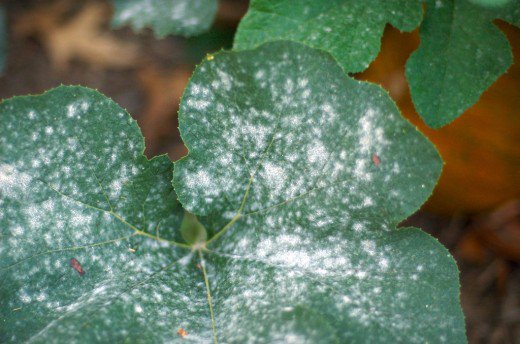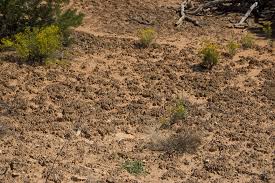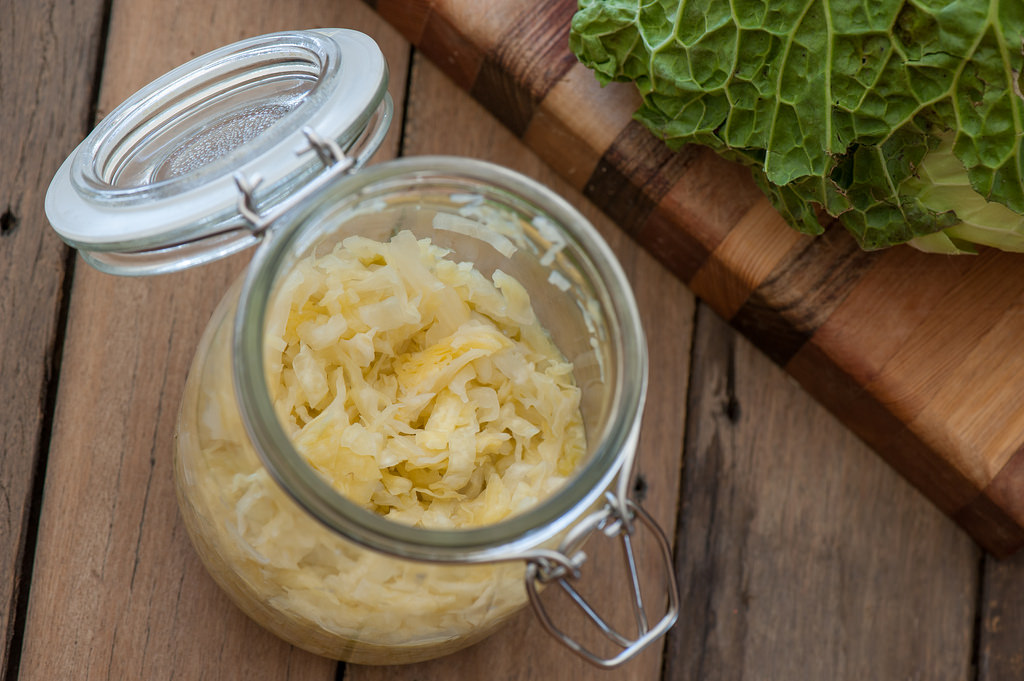DIY Powdery Mildew Treatment
Powdery mildew can be a real threat to the health of your garden. It can get in unnoticed, spread quickly, affect production, and it can be difficult to get rid of. There are numerous products on the market that are sold under the claim that they treat powdery mildew, but products don’t always fulfill their … Read more




